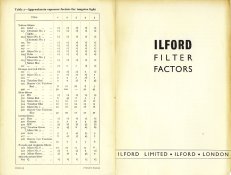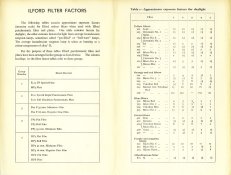johnnywalker
Subscriber
Some time ago I read here (I think) that one should use the filter correction for a specific filter rather than try to meter through the filter for the correction factor. I don't remember who said it, apart from the fact it was someone who should know what they're talking about. I've been having a few issues with filters lately, including finding out what the filter factor is supposed to be on some used filters I've bought for my RB67 and 4X5. So, I'd like to know what the problem is metering through the filter with my hand-held meter. After all, in-camera meters meter through the filter.















